When a member of the Orogen community passes away, they hold what is called a 'wind funeral'. This is a tradition where they will take the deceased, and wrap the body in a hollowed out tree trunk and hung upside down from a tree branch until the corpse has decomposed. They will also kill the horse of the man or woman who passed, so that it can accompany their owner in the afterlife. Only the bodies of young people, or those who died from a contagious disease are cremated.
Life Among the Orogen People
Tuesday, May 6, 2014
References
http://www.travel-china.net/orogen-nationality.html
http://www.travelchinaguide.com/intro/nationality/oroqen/
http://www.china.org.cn/e-groups/shaoshu/shao-2-oroqen.htm
http://www.culturalsurvival.org/ourpublications/csq/article/the-growing-shadow-of-the-oroqen-language-and-culture
www.ethnic-china.com/Oroqen/oroqenintro.htm
http://www.travelchinaguide.com/intro/nationality/oroqen/
http://www.china.org.cn/e-groups/shaoshu/shao-2-oroqen.htm
http://www.culturalsurvival.org/ourpublications/csq/article/the-growing-shadow-of-the-oroqen-language-and-culture
www.ethnic-china.com/Oroqen/oroqenintro.htm
Monday, May 5, 2014
Cultural Survival
Survival of the Orogen culture looks highly unlikely. With a declining population and few being able to speak the language, this culture could be on the brink of extinction. There are only a couple hundred who still know the Orogen language. It is no longer a language that is first taught to a child as his or her first language. Those who do know the language are in the later years of their lives, so in the next fifty or so years the Orogen language could become extinct.
The Orogen do, however, try to maintain peaces of their culture through their crafts and clothing.

http://www.cultural-china.com/chinaWH/html/en/1567bye2847.html
Migration
Before Mao's Cultural Revolution, the Orogen people were nomadic hunters. They'd travel the forests of Inner Mongolia calling no single part home, but forever moving. Their whole life and culture was primarily based around hunting, but after the Cultural Revolution, bans were placed on hunting. This lead to a drastic change in the Orogen lifestyle. They were forced to leave the forests and abandon their old ways for new ones. Leaving the forests of Inner Mongolia, many Orogen moved toward more rural areas, or places to farm. It is very similar to the U.S. Industrial Revolution; farmers moving up north toward urban areas.

http://english.sina.com/china/p/2008/1229/207949.html
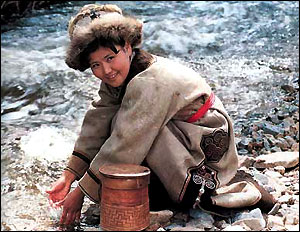
http://www.china.org.cn/english/features/EthnicGroups/136942.htm
The Orogen and Their Neighbors
The Orogen live in the Inner Mongolian Autonomous Region. It is an area that is also shared with the Hans and Mongols. After the Cultural Revolution, the Orogen were lifted from the "one child per family" law that was established. The Hans, however, were not exempt from this law. In an attempt to gain the same benefits as the Orogen, many Hans married Orogens. This drastic incline of Han-Orogen Marriages caused a sharp decline in the Orogen population.
Sunday, May 4, 2014
Birds of the Orogen
The Orogen reside mainly in the Inner Mongolian Autonomous Region, in northeastern China. The area is full of forest, mountains, and wetlands. The region is rich in biodiversity, recording over 2,000 plant species, over 100 animal species, and 436 bird species. Nine of these birds are under National First-Class Protection..
The Golden Eagle
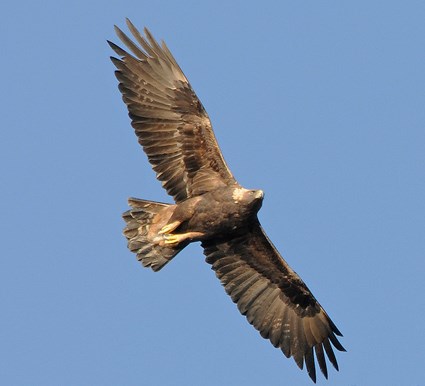
Hooded Crane

Red Crowned Crane
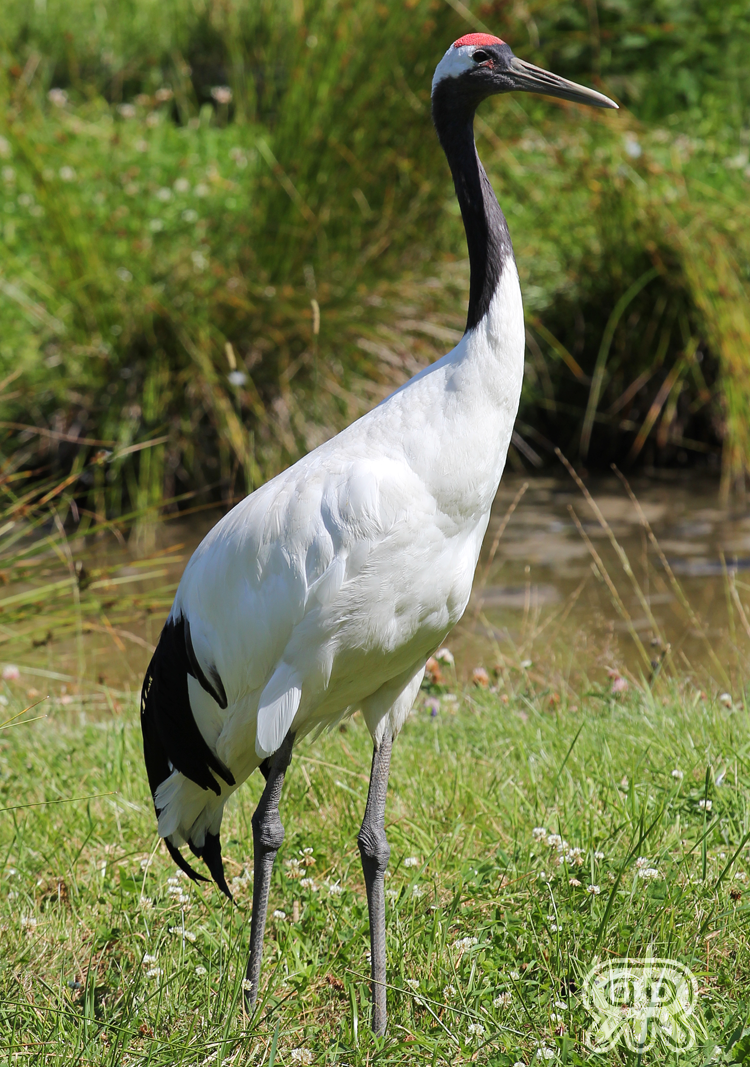
Relict Gull

Chinese Merganser
Whooping Swan

Mute Swan
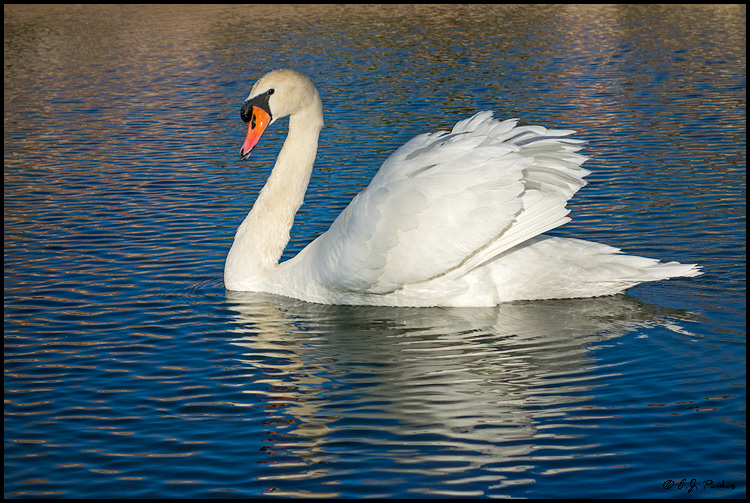
Great Bustard
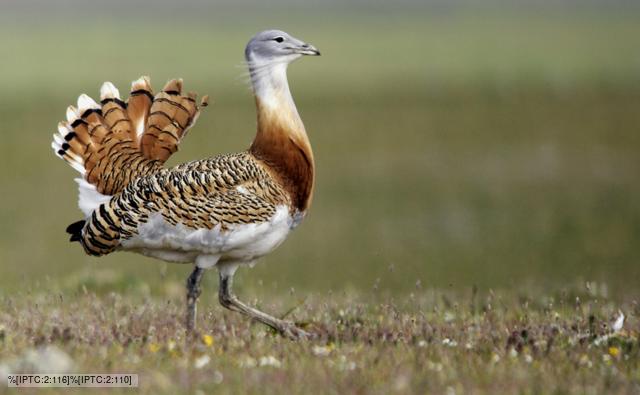
The World of the Orogen
The Orogen has a population of roughly 9,000 men and women. After the formation of the People's Republic of China, the Orogen people have since given up on the nomadic hunter-gatherer life. They are now mainly farmers living in the Inner Mongolian Province of China.
The People of the Reindeer now mainly make their living off of farming and their craftwork. The area they live is rich in resources, which has made farming easier. There are plenty of animals but after a hunting ban, they can no longer hunt; but they have adapted to the farming lifestyle. Along with farming, they are also great craftsmen. The men make wares with bone, wood, and iron; while the women sew leather cloths, and carve ware out of birch-bark.
Boats are still their main form of travel. Even though modern vehicles are available to them, they still traverse up and down rivers as their main means of travel.
Here is an interesting interview held with members of the Orogen about their crafts.
http://english.cntv.cn/program/cultureexpress/20130622/103559.shtml

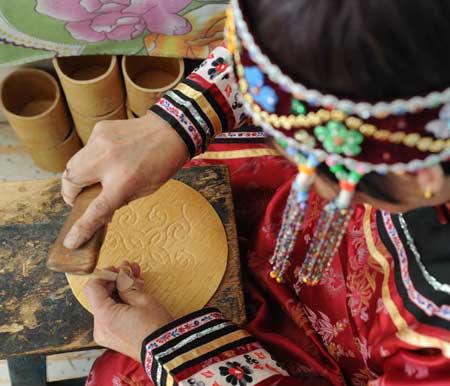
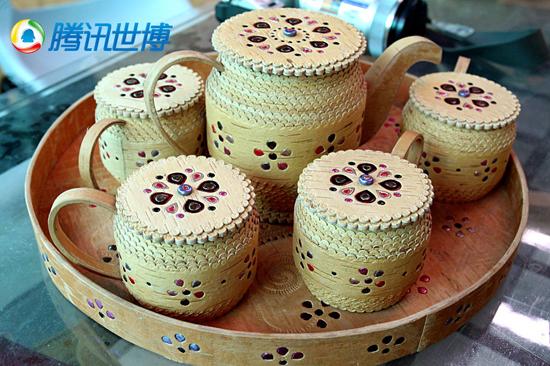

http://english.cntv.cn/program/cultureexpress/20130622/103559.shtml
Subscribe to:
Posts (Atom)